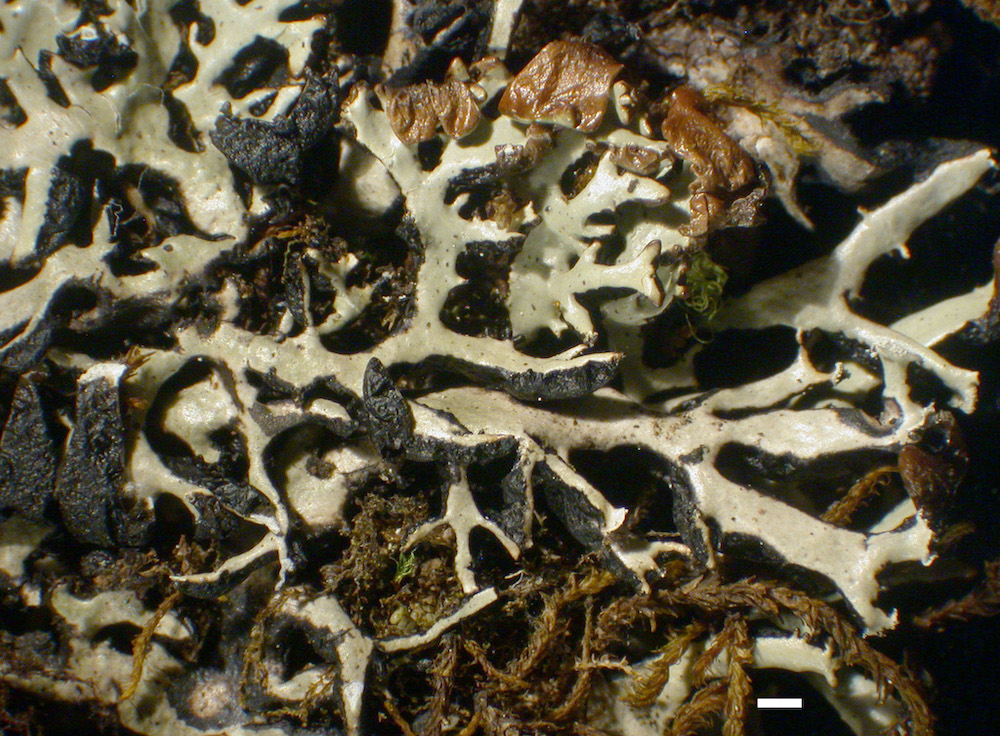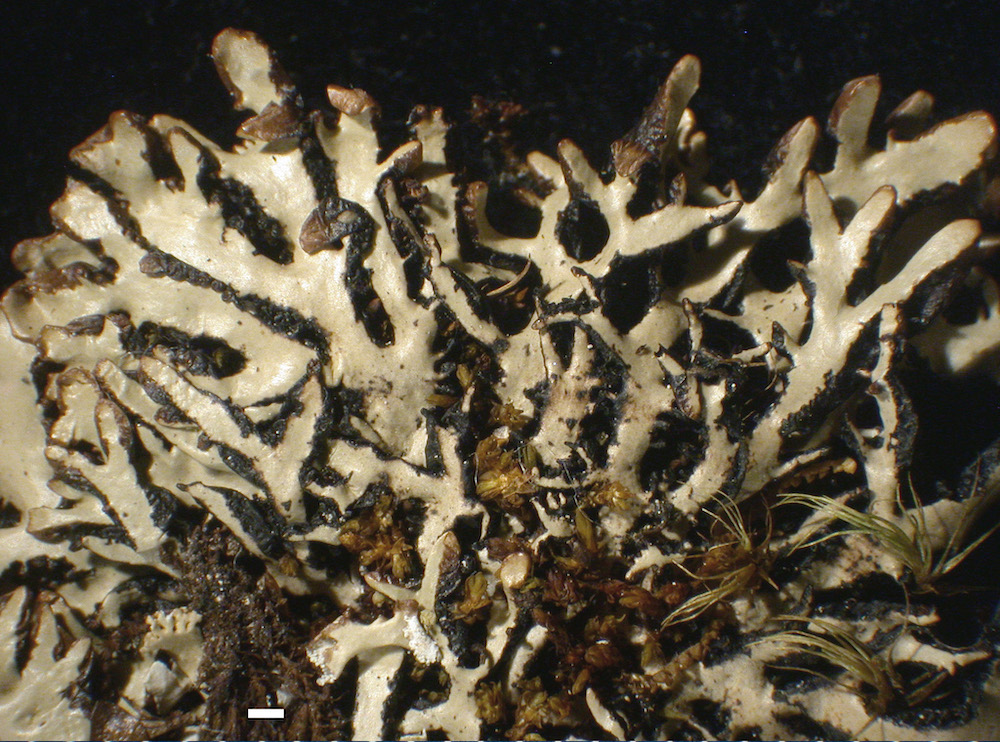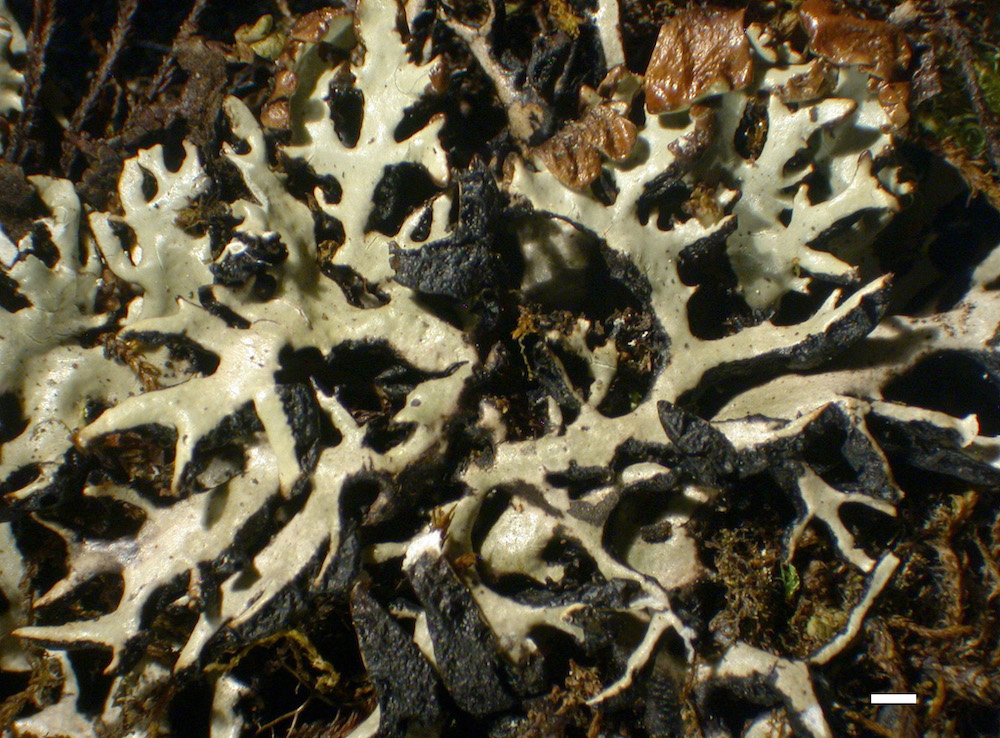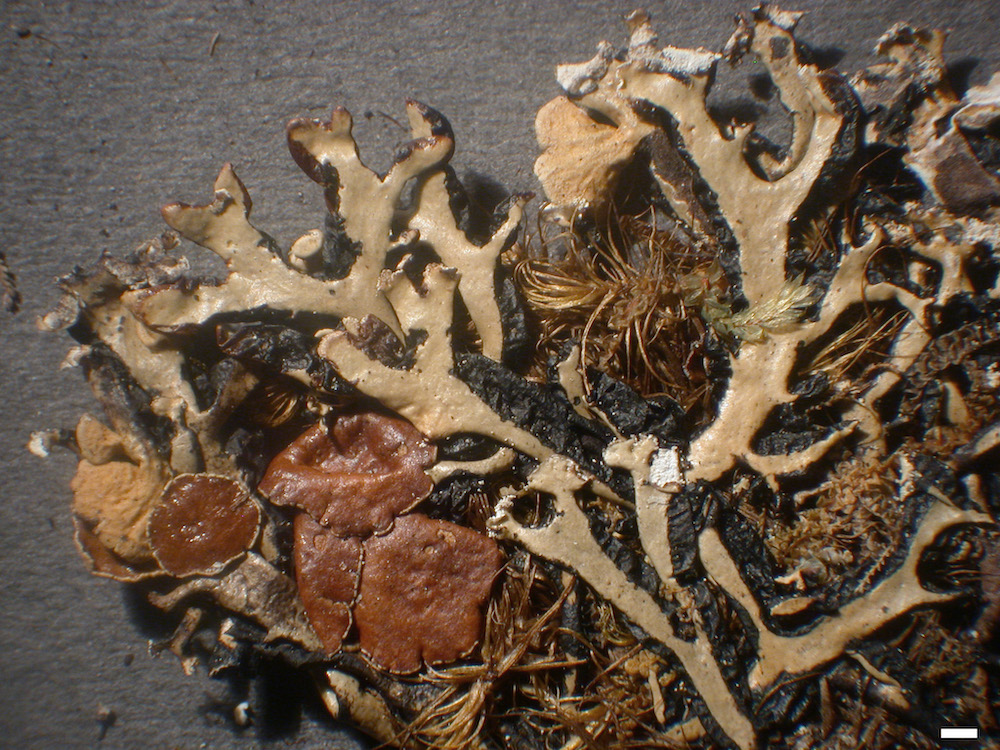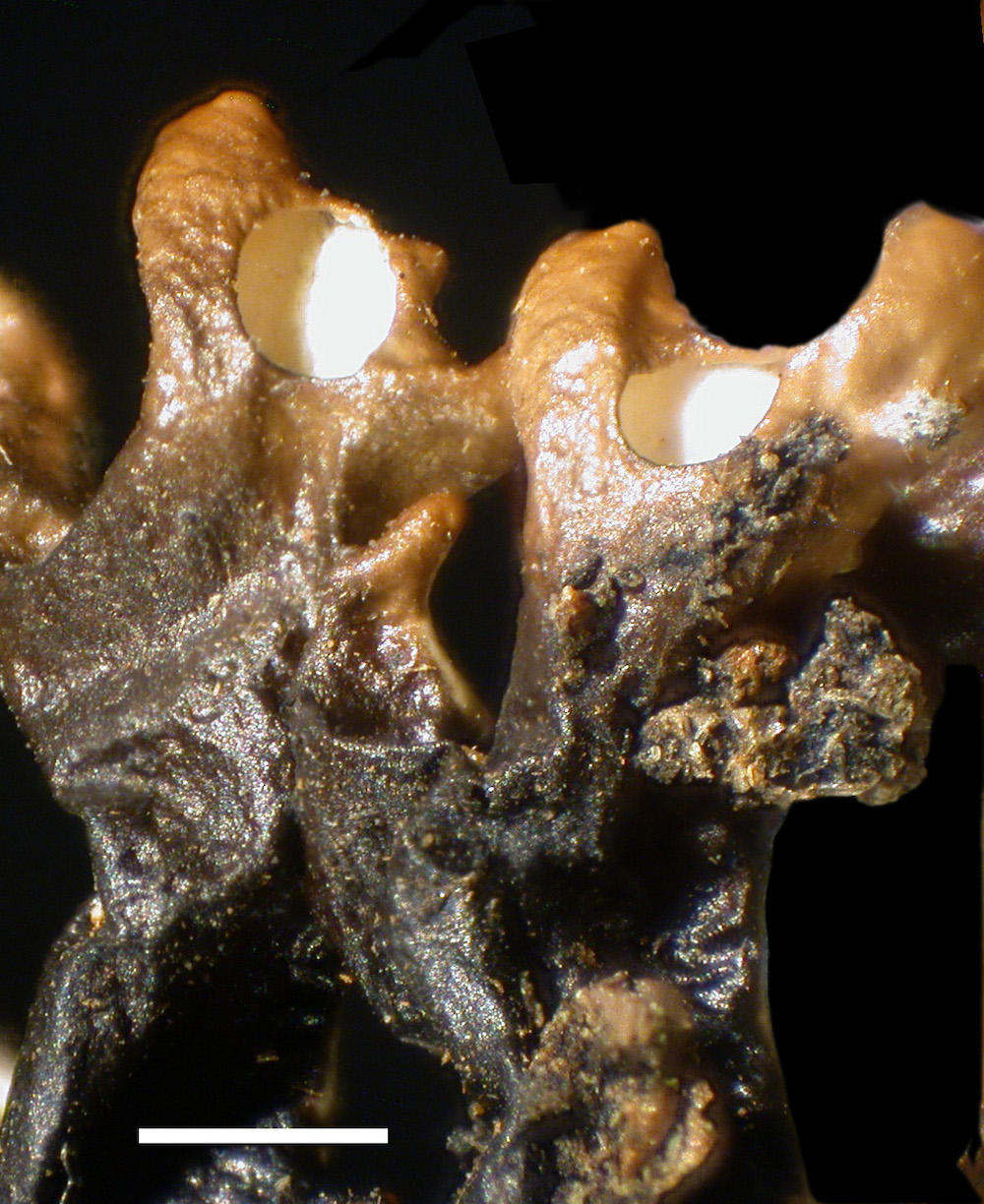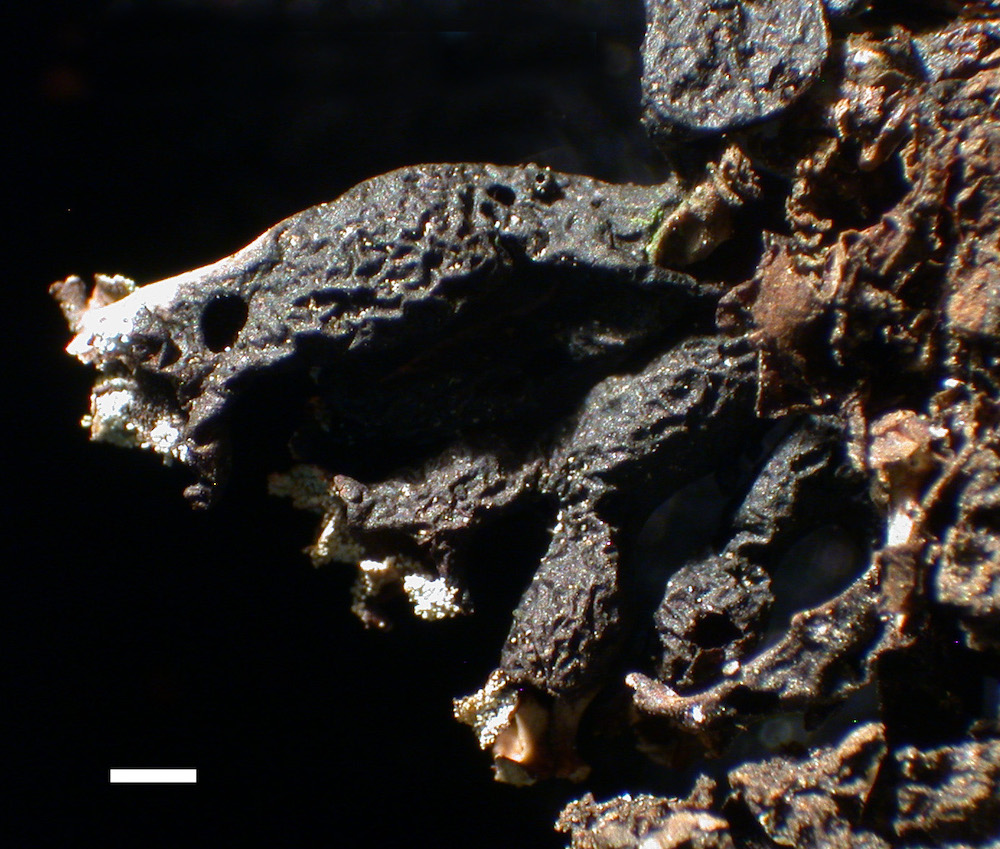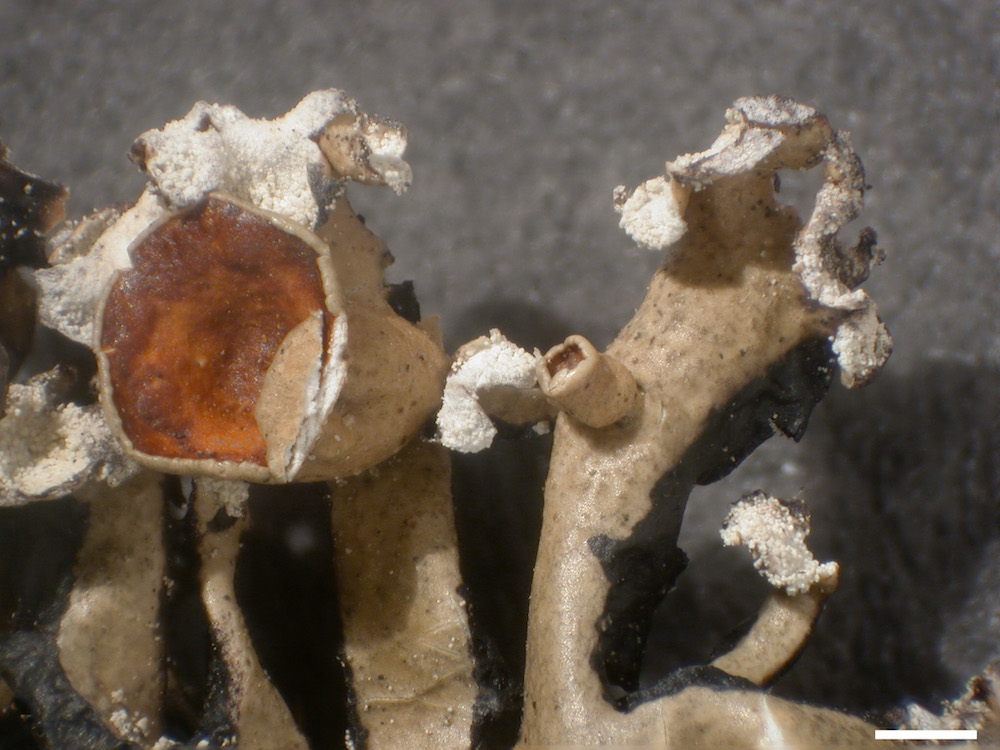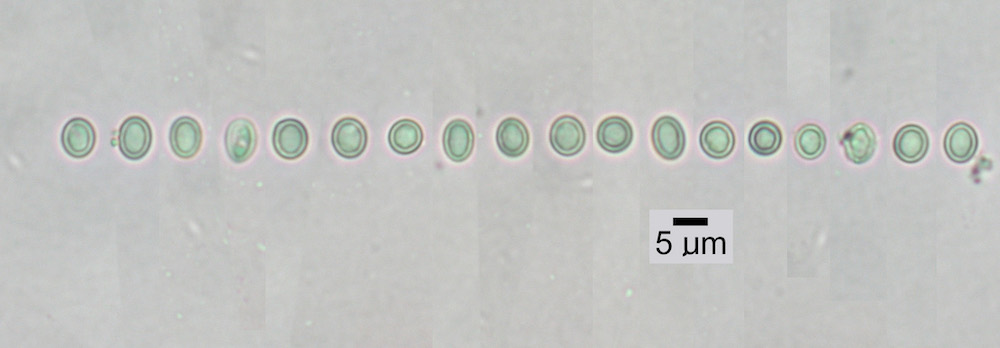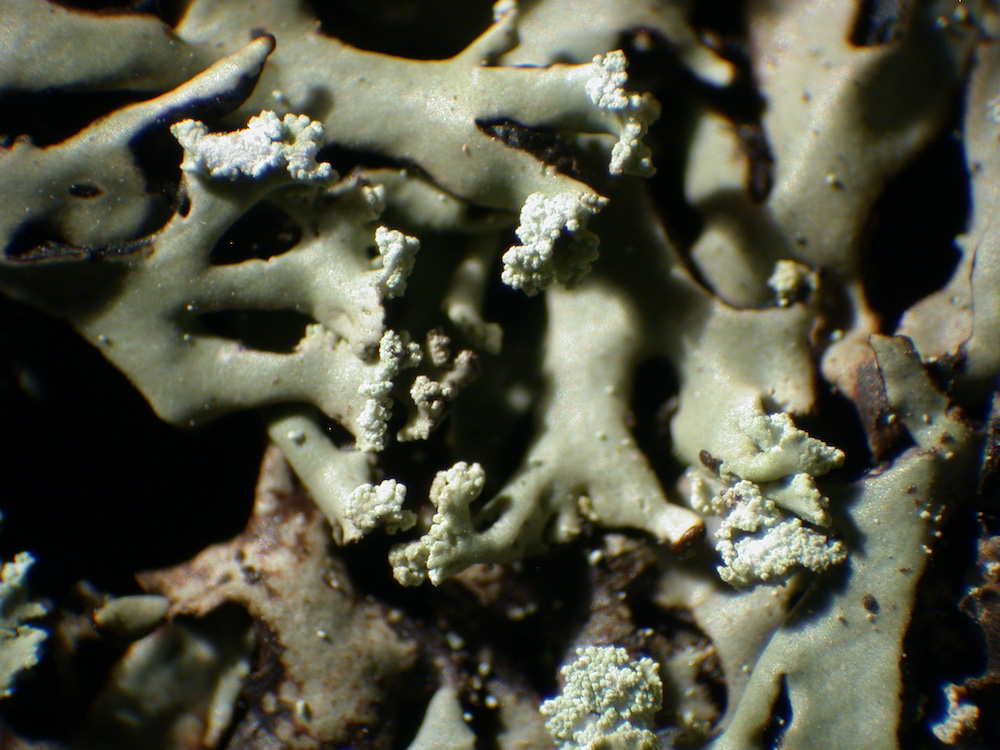Click on Characteristic name for explanation. Click on image for larger version.
Overview
| Synopsis:
| Open branching with occasional to abundant adventitious lobes; lobe cavity with dark ceilings and floors, lower surface and lobe tips conspicuously perforate with large holes, soralia sparse to abundant, labriform beneath the lobe tips; medulla K+ slow reddish brown, KC+ orange red, P-.
|
| Distribution:
| China: many provinces, 5 different forms (Wei 1991, forms vittata, hypotrypanea, stricta, physodioides, pinicola); Madeira (Tavares 1952), Canary Islands (Tavares 1952), Turkey (John 1996), Ukraine (Kondratyuk et al. 1996); temperate parts of Himalays (Awasthi 1988); India: Himachal Pradesh, Parbati R near Pulga, 2850 m, on tree trunk, 1975, Awasthi & Dange 75.283 (LWU); W. Bengal, Darjeeling district; Awasthi & Agarwal several spec's (LWU); E. Nepal, Mewakhola Valley, 3600 m, Awasthi herb. (nonsor.), etc. (Awasthi 1984); Darjeeling District and Nagaland (Singh 1999). Streimann (1986) report from Papua New Guinea may be just H. pectinatula, which he considered a synonym of H. vittata; Xizang (Tibet) (Wei & Jiang (1986); Korea (Moon 1999). Var. reagens reported from Japan by Moon (1996). Argentina (Calvelo & Liberatore 2002). Report from Michigan (Manniere 411 in Fryday et al. 2001 after Manniere 1999) is erroneous (H. physodes).
|
| Habitat:
| cool temperate and boreal forests to arctic tundra
|
| Range:
| Eastern North America, Arctic, Subarctic, Alpine, Pacific Northwest Immediate Coast
|
| Other Diagnostics: | Medulla P- with holes in lower surface (best seen when moist). Awasthi (1984): "distinctive in elongate laciniae with inflated lower cortex and medulla P-. The sorediate apices. . resemble those of H. physodes but the latter has no perforations on lower surface and the medulla is P+R."
| | Substrate Notes: | On both conifers and hardwoods, both bark and wood, rarely on rock, moss over rock, or tundra sod
| | Abundance in North America: | Locally common
| | Substrate: | Typically
| | Host: | Conifers and deciduous trees, both bark and wood
| | On Rock: | Rarely
| | On Moss/Detritus/Sod: | Rarely
| | Authority: | (Ach.) Parrique
| | References: | Zeybek et al. (1993), Westberg et al. (2011)
| | Synonymy: | None
|
|
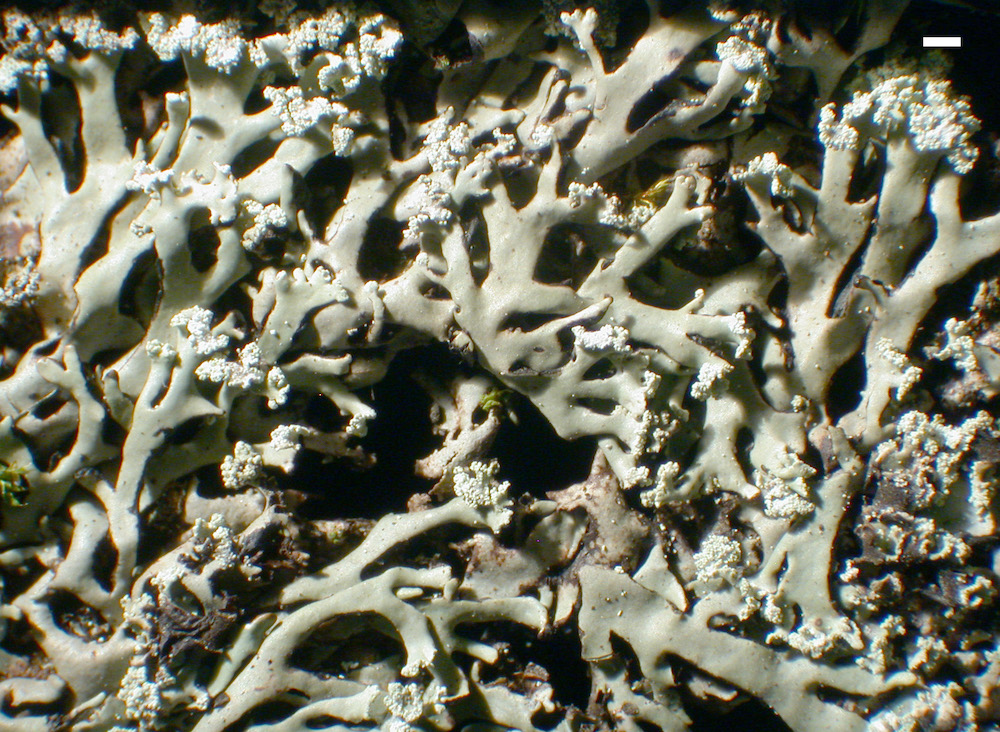
Habit
|

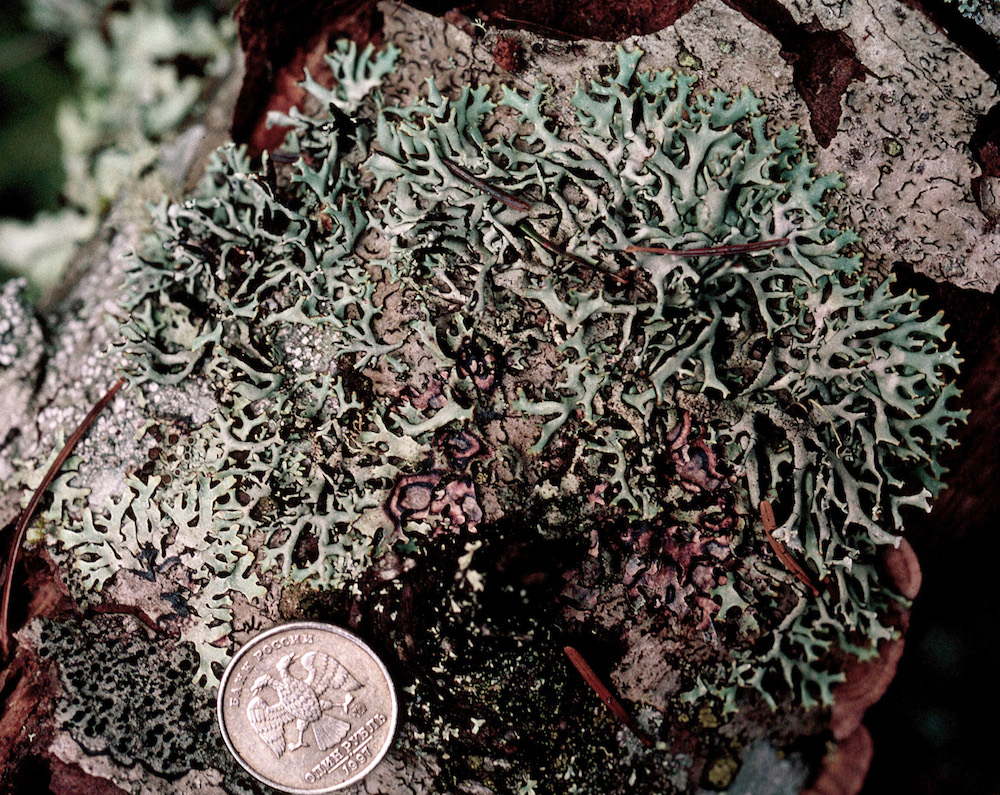
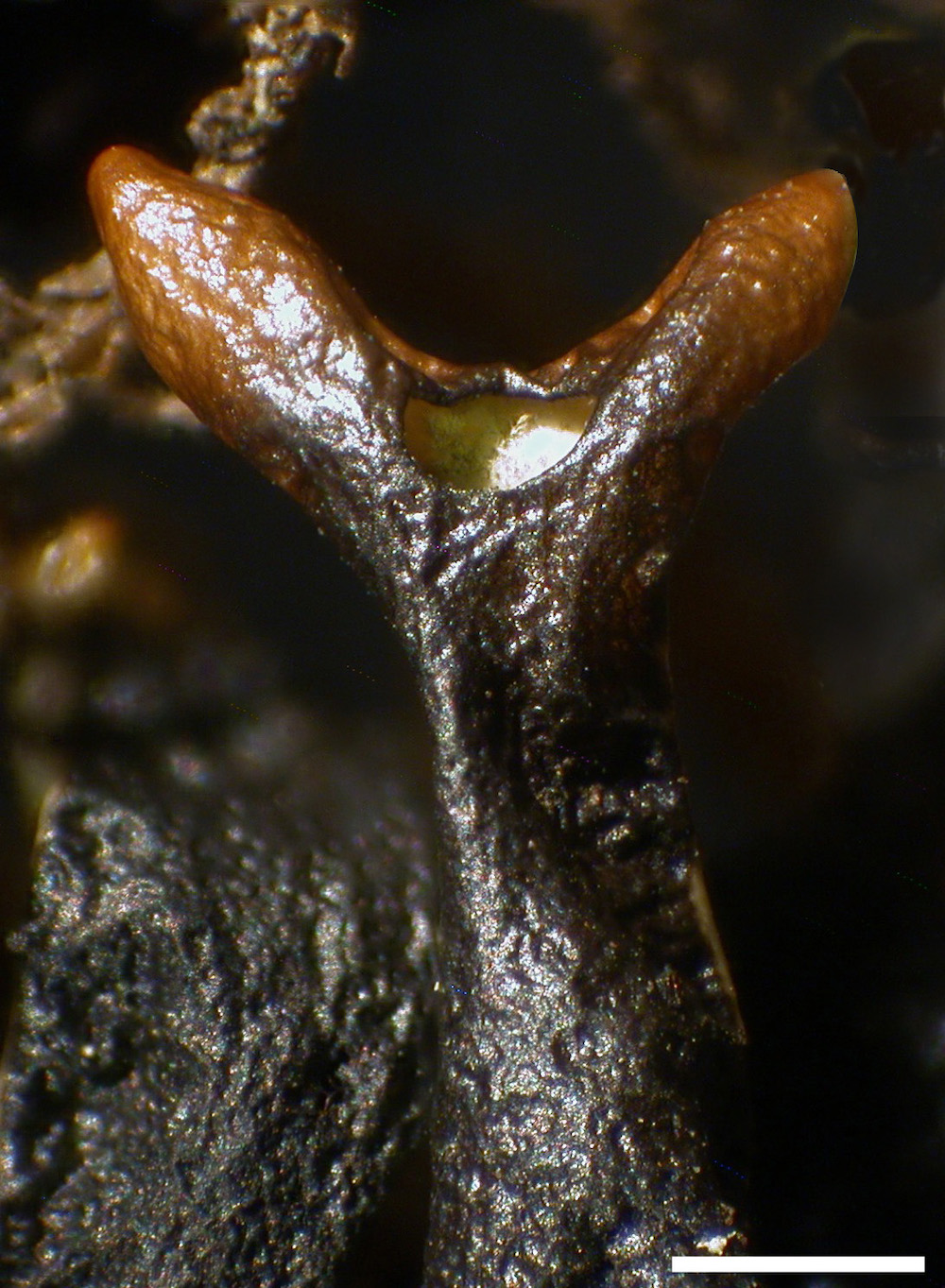
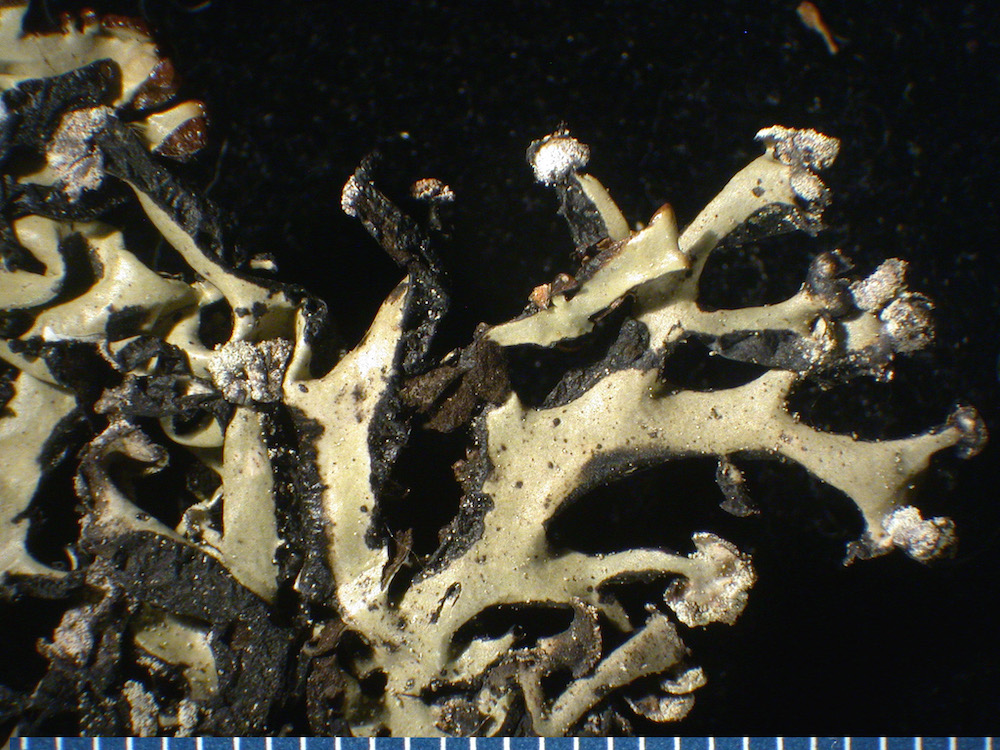
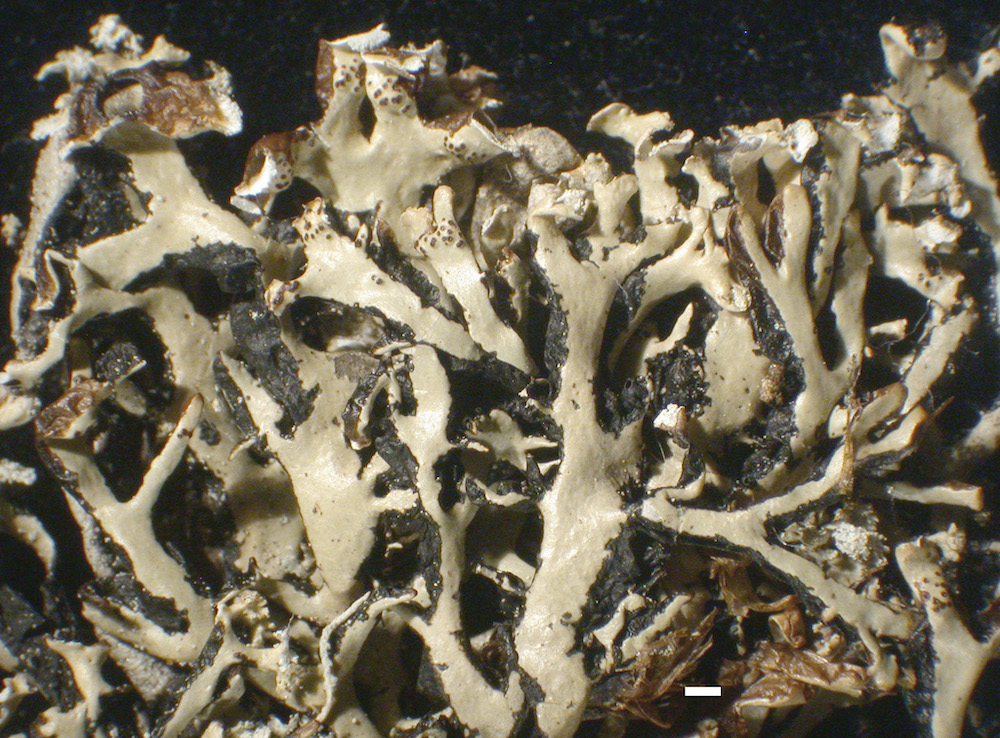

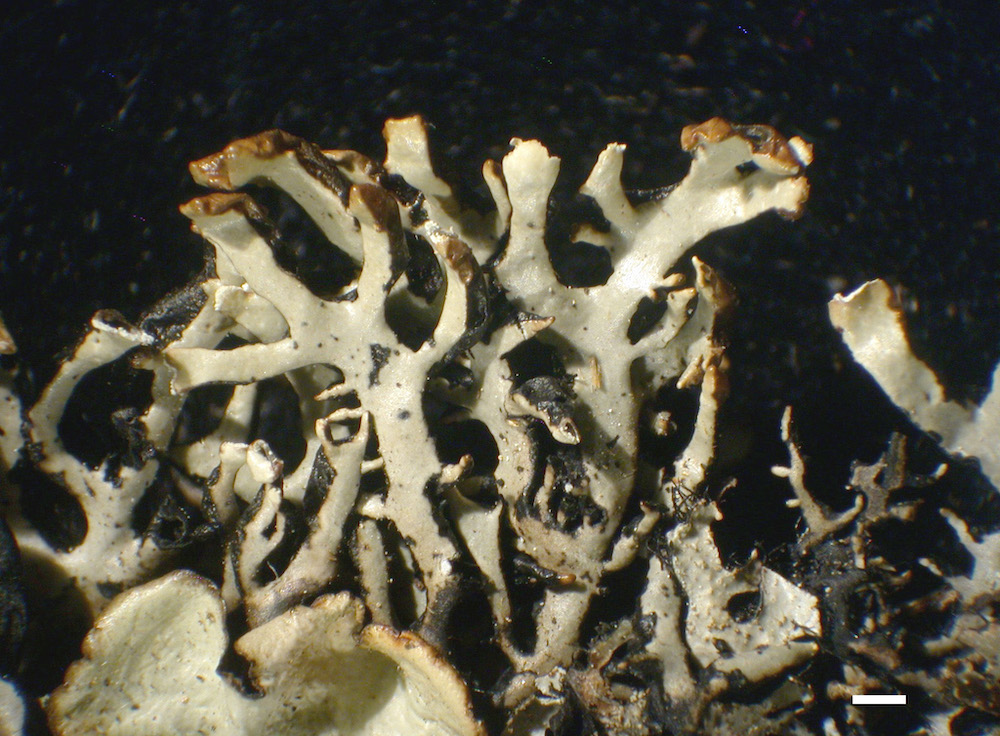
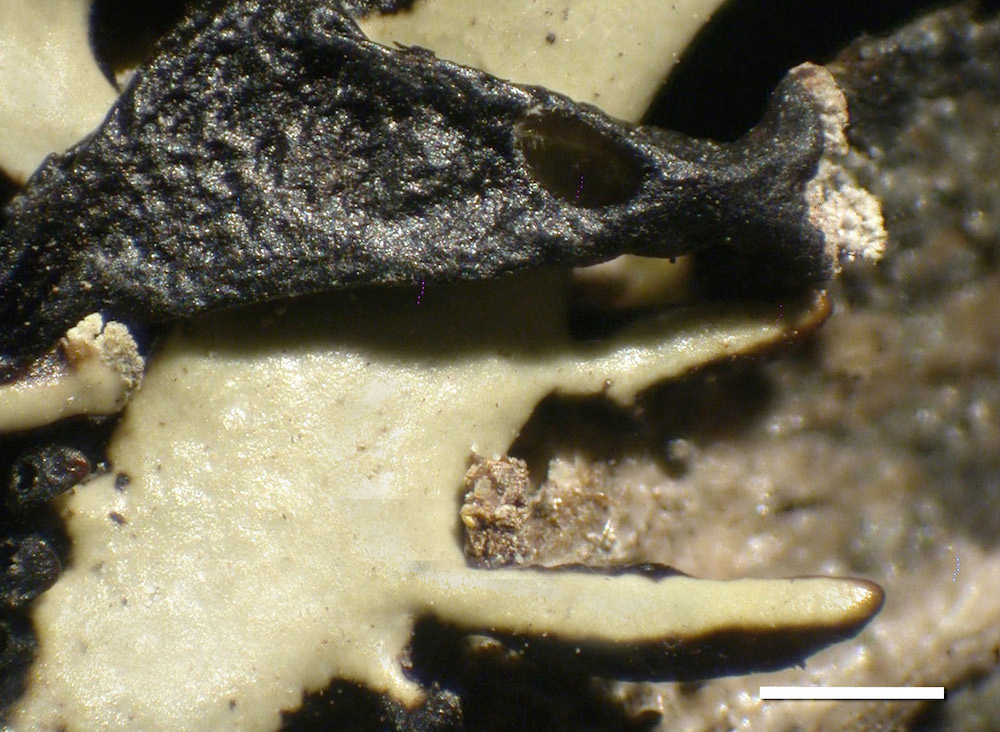
.JPG)
